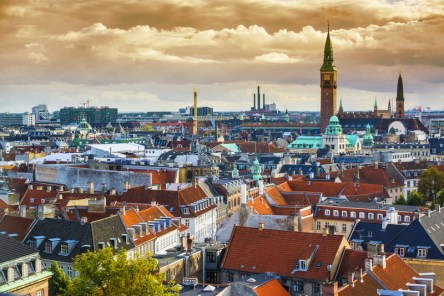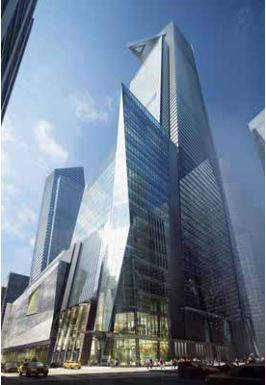The top five healthiest cities in the world have one thing in common: pedestrian-friendly access to work centers and residential neighborhoods. Master-planned communities that cater to walkers and cyclists are the norm in these cities; year after year, the healthiest cities continue to foster such features. These cities provide different models that can be replicated throughout the world. By adapting pedestrian-centered methods, cities can bolster resident health, improve air quality, and facilitate sustainable growth. As scored by the BBC, “The Top 5 Healthiest Cities” are as follows. Singapore holds the world’s lowest infant mortality rate as well as one of the longest life expectancies, more than 84 years according to the CIA World Factbook. Part of residents’ health is contributed to a stellar healthcare system, ranked 6th by World Health Organization. Heath care has improved its services once gain thanks to an initiative called Pioneer Generation Cards, subsidies that allow seniors to receive more substantial medical and dental care. Clinics reported an average 30 percent increase in the amount of senior patients since the program’s inception. Residents’ active lifestyles are also a contributing factor to high life expectancies. Singapore boasts nearly 70 parks throughout the island, each with its own unique features and attractions aimed at keeping residents active and connected to the outdoors. Park Connector Network unites many of the sites with 200km of pedestrian paths. Tokyo residents can also expect a higher than normal life expectancy of over 84 years, citing universal health insurance, a traditionally healthy diet, and state-supported public health as driving factors. Urban Japanese residents also get in a daily workout. With the world’s most efficient transit system, many residents walk and cycle each day, enjoying pedestrian-friendly access to most job hubs, residential centers, and entertainment venues. The city is not content...
Hudson Yards
Quantified Community
New York City’s Hudson Yards marks the beginning of a new era in urban design. Developed by Related Companies and Oxford Properties Group on the West Side of Manhattan, the $20 billion project is being touted as the largest private real estate development in the U.S. history and a model of responsible development. Everything about Hudson Yards is impressive; from the massively heavy, incredibly strong platforms that will serve as a foundation for the premier district, to the innovative infrastructure systems and state-of-the-art buildings that will redefine the area’s vibe and skyline. But what’s fascinating about Hudson Yards are not just its grandeur and advanced engineering. The mega-development puts people first; it promises to build a nurturing environment with emphasis on livability, sustainability and occupant well-being. To accomplish this, the developers have launched a series of interactive programs, including the “Quantified Community” project, a joint venture with New York University’s Center for Urban Science and Progress (CUSP). The partnership aims to create the nation’s first “Quantified Community” – a fully-instrumented urban neighborhood that will measure and analyze key physical and environmental attributes at Hudson Yards. With this new project, Related and Oxford seek to deliver an enhanced experience for both tenants and residents while improving operational efficiencies and productivity at the complex. “The ability to conceive of and develop an entirely new neighborhood creates tremendous opportunities. Hudson Yards will be the most connected, measured, and technologically advanced digital district in the nation,” said Jay Cross, President of Related Hudson Yards. “Our cutting-edge commercial tenants are drawn to Hudson Yards for its state-of-the-art infrastructure featuring unprecedented wired, wireless, broadband, and satellite connectivity; and energy optimization through on-site power generation and central waste systems. Through our partnership with CUSP we will harness big data to continually...


